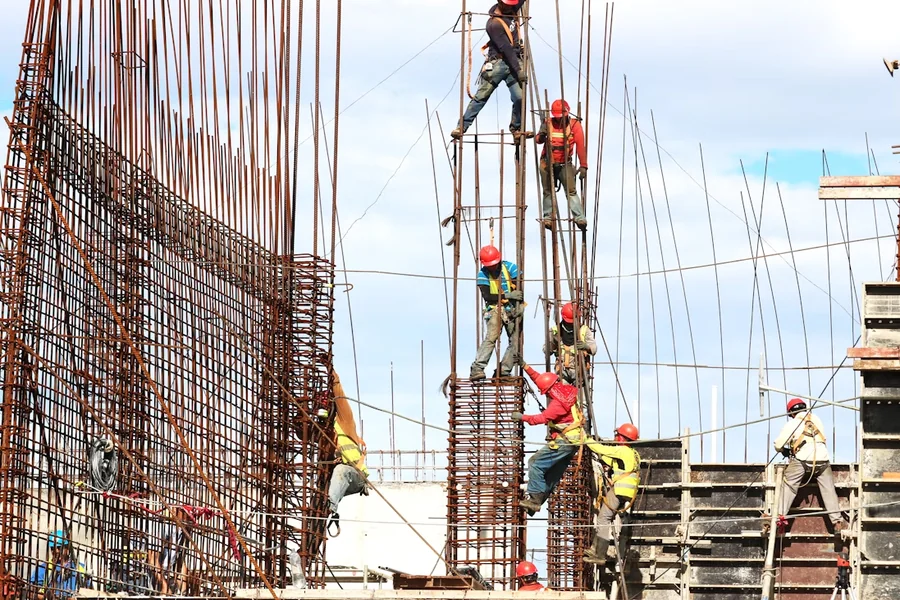The Australian construction industry has its own set of issues when the weather is hot. You can’t control the weather, but you can control how your crew responds to it. Happy workers are productive workers, and when it is hot outside, keeping your crew comfortable is not only an issue of compliance, but a morale issue, a heat illness prevention issue, and staying on schedule.
Heat stress is not just a nuisance. It is a distraction that lowers concentration, increases the likelihood of accidents, and contributes to costly delays. Through the use of smart heat management solutions, you are investing in the success of your project and the health of your crew.
1. Make Hydration Your Top Priority
Your best protection against heat stress is water. Provide unlimited quantities of cool, pure water in many locations around the work area. Install water stations in many locations so that workers won’t have to walk far to obtain a drink. Electrolyte beverages are a suitable choice for workers who have heavy physical labour because they replenish precious minerals that the body loses through perspiration.
Promote frequent hydration breaks as well as frequent rest breaks. Train up supervisors to recognise early symptoms of heat exhaustion and dehydration. The worker having knowledge that they have the option of taking a hydration break will be a more productive and focused worker throughout the day. Get reliable water delivery services and keep your stock replenished.
2. Invest in the Right Protective Gear
The proper equipment makes a difference. Dress in light-coloured, loose-fitting, light, airy clothing that will reflect the sun rather than retain it. Hard hats with wide brims or sun shields mounted on hard hats protect the face and neck from direct sun.
Don’t forget sunscreen—provide SPF 30+ broad-spectrum protection and remind them to reapply every two hours. Highly visible, breathable vests protect workers without compromising comfort. Quality protective gear shows that you care about your crew’s comfort level and well-being.
3. Smart Scheduling Conquers the Heat
Plan tasks to cooperate with the weather, rather than against it. Start work earlier in the day when it is cooler, and attempt to take longer lunch breaks when it is hottest outside. Utilise rotating shifts for sun work, and have the employees alternate time working in the sun and time working in the shade.
For extremely hot days, plan indoor or shade work during the hottest part of the day (generally 11 AM to 3 PM). Simply changing the timing can reduce heat stress quite a bit without reducing productivity.
4. Install Energy-Efficient Cooling Stations
Provide shade and well-ventilated cooling spaces. Misting systems, fans, and portable canopies provide instant relief. Position stations in the work area strategically so that workers have easy access.
Provide cooling stations with ice packs, cooling towels, and a good place to sit. Make these stations mini-oases in the heat. Employees who have a good cooling to anticipate are more likely to survive bad conditions.
5. Identify and Reward Heat Resilience
Acknowledge the extra effort in working in the heat. A compliment, token reward, or even gestures such as providing blocks of ice for lunchboxes are welcome. Create a culture where checking heat precautions is professional, not weak.
Keep the communication lines open regarding heat issues. Allow the workers to tell you when they are experiencing a problem with the heat, without making assumptions that they will not be able to accomplish the work.
Creating a Heat-Smart Building Culture
Maintaining construction workers on site in good spirits in the heat requires planning and a concern for well-being. Not only does it prevent heat problems from arising—it creates employee loyalty, reduces turnover, and gains the reputation of being an employer that cares about their employees.
Remember, a contented worker is an efficient worker. Once your workers know you’re concerned about them, they will work overtime on your projects, regardless of the temperature reading.





